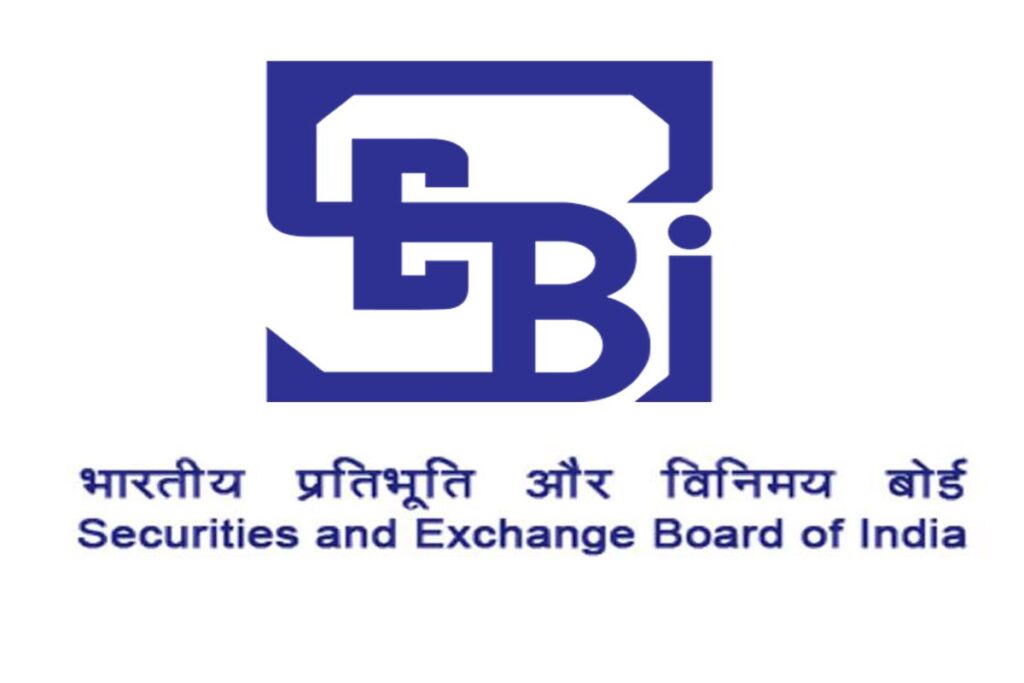Potential Risk Class Matrix for debt schemes based on Interest Rate Risk and Credit Risk
- SEBI, vide circulars SEBI/HO/IMD/DF3/CIR/P/2017/114 dated October 6, 2017, SEBI/HO/IMD/DF3/CIR/P/2017/126 dated December 4, 2017 on “Categorization and Rationalization of Mutual Fund Schemes”, has specified scheme categorization based on scheme characteristics.
- Further, SEBI, vide circular SEBI/HO/IMD/DF3/CIR/P/2020/197 dated October 5, 2020 on “Product Labeling in Mutual Funds-Risk-o-Meter”, has advised the Mutual Funds to indicate risk taken by the scheme as on the end of the month.
- The Risk-o-Meter as specified in the abovementioned circular dynamically captures the actual risk in the portfolio taken by the fund manager.
- For investors to take informed decisions, there is a need to know the following while investing in a mutual fund scheme:
- current risk level as indicated by Risk-o-Meter and
- maximum risk the fund manager can take in the scheme
- While the Risk-o-Meter stipulated by SEBI reflects the current risk of the scheme at a given point in time, there is also a need for disclosure of the maximum risk the fund manager can take in the scheme.
- Based on the recommendation of the Mutual Fund Advisory Committee (MFAC) and discussions held with the mutual fund industry, it has been decided that all debt schemes also be classified in terms of a Potential Risk Class matrix consisting of parameters based on maximum interest rate risk (measured by Macaulay Duration (MD) of the scheme) and maximum credit risk (measured by Credit Risk Value (CRV) of the scheme).
- While the AMCs will continue to retain the same category of their schemes as per the SEBI circulars SEBI/HO/IMD/DF3/CIR/P/2017/114 dated October 6, 2017, SEBI/HO/IMD/DF3/CIR/P/2017/126 dated December 4, 2017, they have full flexibility to place single/multiple schemes in any cell of the Potential Risk Class matrix (PRC).
- For the purpose of alignment of the existing schemes with the provisions of this circular, each scheme shall be placed in one of the 9 cells specified at Table 2 below, while retaining their existing scheme category as specified in SEBI circulars on ‘Categorization and Rationalization of Mutual Fund Schemes’. This would not be considered as a change in fundamental attribute.
- However, subsequently, once a PRC cell selection is done by the scheme, any change in the positioning of the scheme into a cell resulting in a risk (in terms of credit risk or duration risk) which is higher than the maximum risk specified for the chosen PRC cell, shall be considered as a fundamental attribute change of the scheme in terms of regulation 18(15A) of SEBI (Mutual Fund) Regulations, 1996.
- Further, the Mutual Funds shall inform the unitholders about the abovementioned classification in one of the 9 cells and subsequent changes, if any, through SMS and by providing a link on their website referring to the said change.
- For new debt schemes, the AMC shall choose the PRC cell at the time of filing of Scheme Information document (SID) with SEBI.
- Each scheme will continue to comply with the requirements specified in SEBI circulars on categorization of schemes and those specified in this circular.
- The thresholds for the values of the interest rate risk and the credit risk dimensions would progress in a flexible manner for drawing out the categorization matrix. The thresholds across the matrix would determine the maximum interest rate risk and the maximum credit risk which the scheme would be permitted to take but the scheme would have the flexibility to move downwards on the risk scale. The thresholds along with an illustration of the concept outlined above are given below:
Thresholds:
i. Maximum Weighted Average Interest Rate Risk of the scheme (measured in terms of Macaulay Duration):
1. Class I: MD<= 1 year;
2. Class II: MD<=3 years;
3. Class III: Any Macaulay duration
ii. Maximum Weighted Average Credit Risk of the scheme (measured in terms of Credit Risk Value as specified at Table 1 below):
1. Class A: CRV >=12
2. Class B: CRV >=10
3. Class C: CRV <10 i
i Investments by mutual funds are permitted only in investment grade securities in terms of regulation 44(1) read with Schedule VII of SEBI Mutual Fund Regulations, 1996
a. The Credit Risk Value of the scheme shall be the weighted average of the credit risk value of each instrument in the portfolio of the scheme, the weights based on their proportion to the AUM. Similarly, Macaulay Duration at the scheme level shall be the weighted average of the Macaulay Duration of each instrument in the portfolio with the weights being based on their proportion to the AUM. The value of the debt instrument to be considered for calculating AUM shall include the accrued interest i.e. dirty price of the instrument. - The debt securities of schemes are to be assigned a value for credit risk in the following manner:
TABLE 1
| Instrument | CREDIT RISK VALUE (CRV) |
| G-Sec/ State development loans/ Repo on Government Securities/TREPS / Cash | 13 |
| AAA | 12 |
| AA+ | 11 |
| AA | 10 |
| AA- | 9 |
| A+ | 8 |
| A | 7 |
| A- | 6 |
| BBB+ | 5 |
| BBB | 4 |
| BBB- | 3 |
| Unrated | 2 |
| Below investment grade | 1 |
a . For investment by mutual funds in instruments having short term ratings, the credit risk value shall be based on the lowest long term rating of an instrument of the same issuer as shown above (in order to follow a conservative approach) across credit rating agencies. However, if there is no long term rating of the same issuer, then based on credit rating mapping of CRAs between short term and long term ratings, the most conservative long term rating shall be taken for a given short term rating.
Click here to Read More
Other Updates on SEBI

